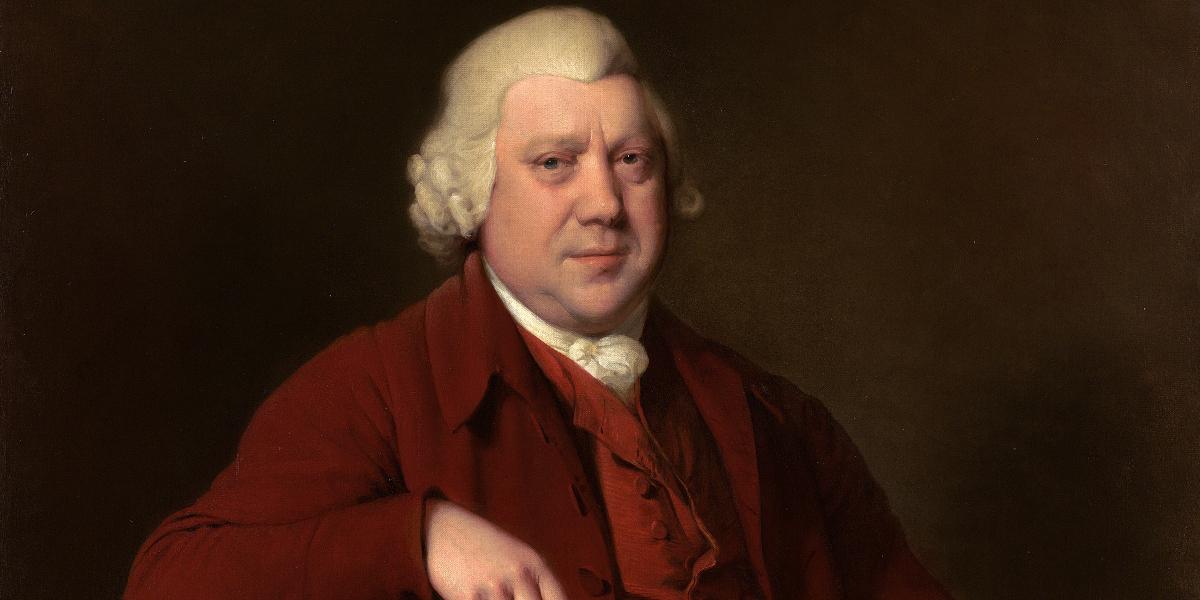Pioneer of the weaving industry: Who is Richard Arkwright?
Since he was the son of a family with many children who were struggling to make ends meet, he had to work without having the opportunity to study. First, he was a barber's apprentice. The wig gathered hair. As a result, he made a great fortune that no industrialist could reach.

(1732-1792) English inventor and industrialist. He developed the yarn-spinning machine and pioneered the establishment of the weaving industry. He was born on December 23, 1732, in Preston, Lancashire. He died on 3 August 1792 in Cromford, Derbyshire. Since he was the son of a family with many children who were struggling to make ends meet, he had to work without having the opportunity to study. He first worked as a barber's apprentice, then ran a brewery and, after losing all his money, began to travel from town to town collecting wigs and hair. He trained himself during this journey. Towards the end of 1760, he returned to his native city and set about building a spinning machine. As a result, he became one of the great names of the English textile industry and made a fortune that no industrialist had ever reached. He was given the title "Sir" in 1786.
The shuttle, which came to England from India through travelers, was further developed in the 16th century and turned into the Saxony shuttle, which could spin coarse wool and cotton yarn without breaking. Then, three or five shuttles were used together, and the workbench was arranged. In 1733, Kay built a loom that could weave wide fabrics with the same quality. Thanks to this machine, which is the first example of automatic machines, production increased. In 1738, Lewis Paul and John Wyatt tried to operate this system with water power by constructing a spinning machine consisting of reels, cylinders, and cones rotating at different speeds. Having the opportunity to benefit from all these experiences, Arkwright embarked on the construction of a machine very similar to this machine. He went to Nottingham to find financial support for this venture and formed a partnership. He started his machine, which he first tried to run with horsepower, then with water power. He patented this water loom in 1769. In 1767, Hargreaves developed a similar machine, but the products of this machine, which only produced weft thread, were not very robust. Arkwright's water loom, on the other hand, could produce stronger weft yarn. However, the warp threads, which were produced only from linen to be strong, prevented the production of pure cotton weaving. This obstacle was removed when Arkwright obtained cotton warp thread as strong as linen by passing the cotton thread through a process called “sizing”. The quality of Indian and Chinese cotton could now be reached. Arkwright, who also developed the carding machine, mechanized all phases of yarn weaving, from spinning to carding. Starting from Nottingham, he established factories in various parts of England. Upon the death of his partner, he became the sole owner of the companies employing 5,000 workers.
The competition between Indian and Chinese cotton weavings covering the domestic market and woolens produced domestically had a share in this rapid change in cotton weaving in England. The demand for cheap cotton weaving of the people with low purchasing power forced the woolen weaving industrialists to take precautions, and the import of cotton weaving was prohibited with the approval of the parliament. However, this measure could not destroy the existing demand and, contrary to expectations, led to the realization of cotton weaving within the country. The fact that cotton weaving was organized outside the strict boundaries of the traditional guild system has been a factor that accelerated technological development. The realization of cotton weaving at the factory level and its becoming an industry accelerated the industrial revolution process in England and prepared the conditions for social transformation along with other factors. In such a period, Arkwright occupies an important place with its technological breakthrough by making use of its environment and knowledge on site.
--------------------------------------
RICHARD ARKWRIGHT: FATHER OF THE FACTORY SYSTEM
https://www.scienceandindustrymuseum.org.uk/objects-and-stories/richard-arkwright
